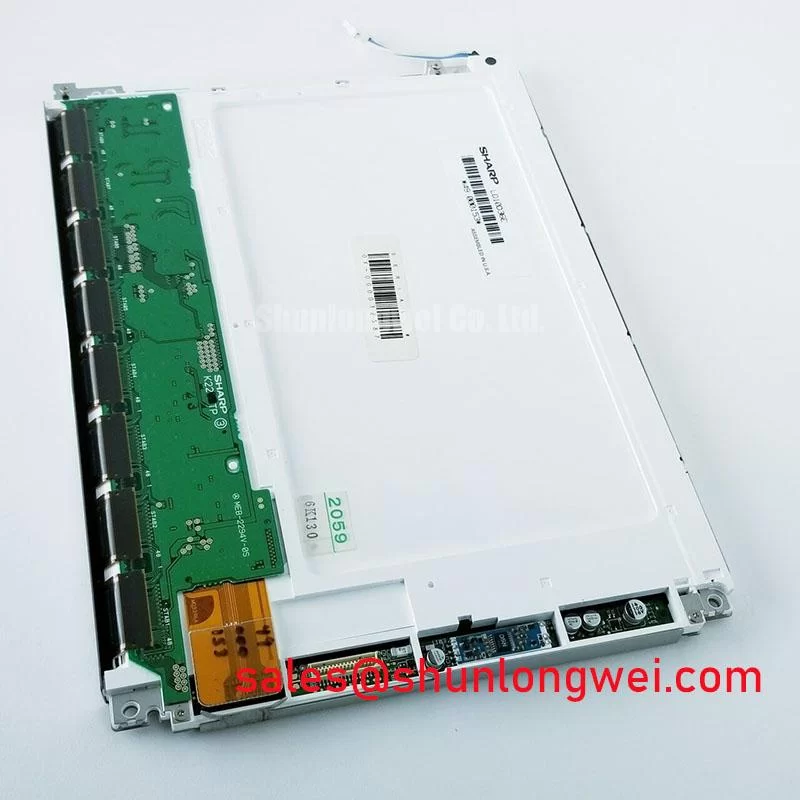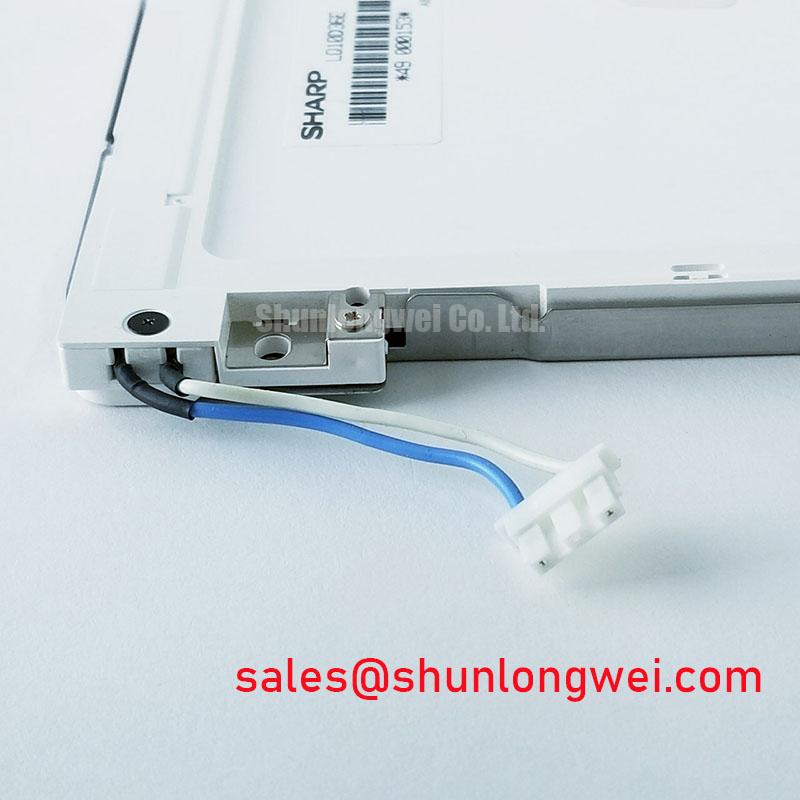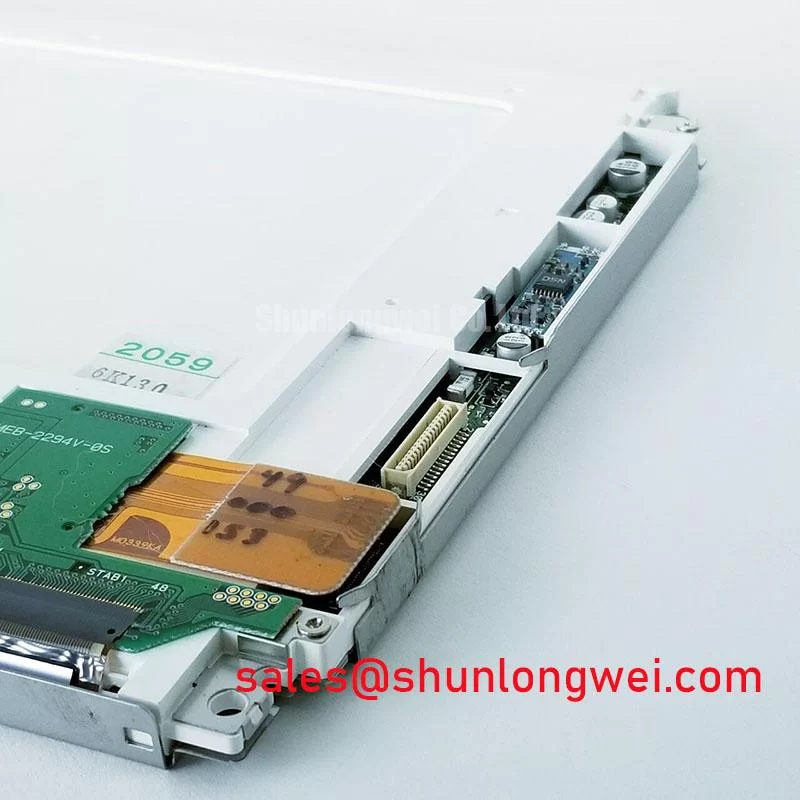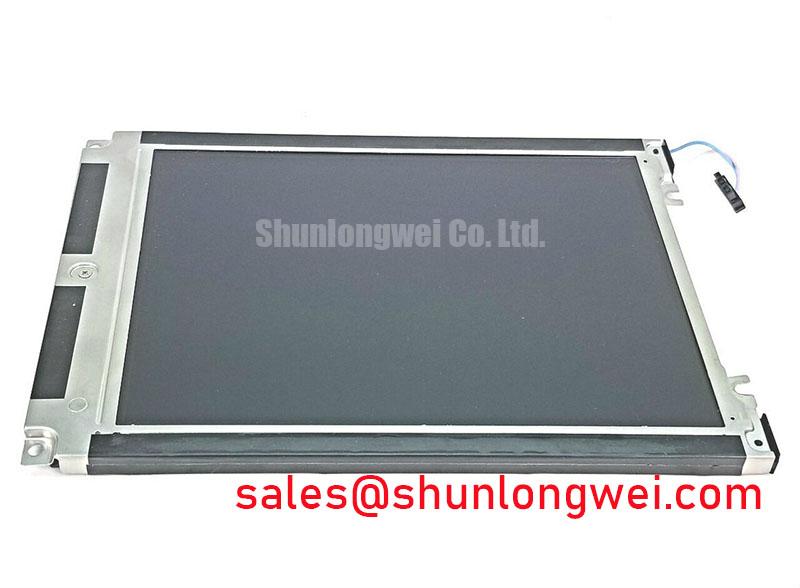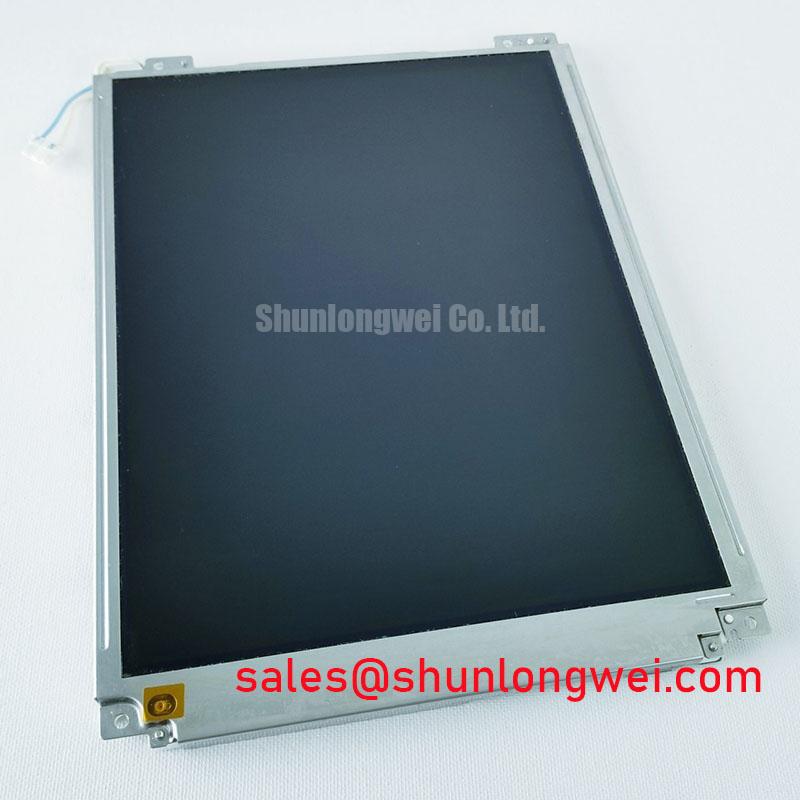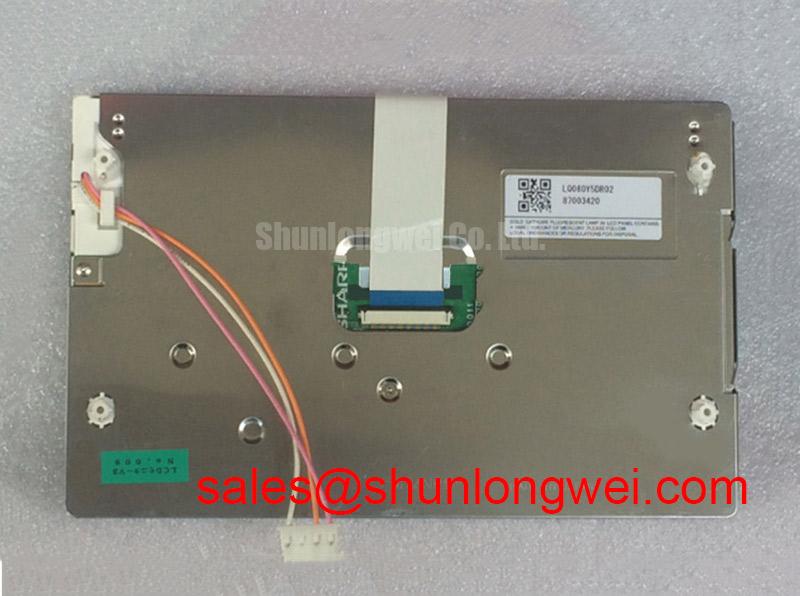Content last revised on November 22, 2025
Sharp LQ10D36E: 10.4-inch SVGA TFT Display for Demanding Industrial Environments
Product Overview & Key Specifications
Engineered for Unfailing Performance in Extreme Thermal Conditions
The Sharp LQ10D36E is a 10.4-inch a-Si TFT-LCD module engineered for exceptional operational stability in thermally challenging industrial and commercial applications. Its defining feature is a class-leading operating temperature range, ensuring consistent performance from freezing starts to peak summer heat. With its robust construction and proven display technology, it provides a reliable visualization backbone for systems where downtime is not an option. For applications requiring a different resolution, the related G104VN01 V0 offers a 640x480 VGA format in a similar 10.4-inch footprint.
- Critical Specifications: 800x600 SVGA | 400 cd/m² Brightness | -30°C to +80°C Operating Temperature
- Key Engineering Benefits: Eliminates need for auxiliary heating/cooling. Ensures long-term reliability in non-conditioned environments.
- Primary Application Fit: Best suited for outdoor kiosks, vehicle-mounted computers, and industrial control panels exposed to significant temperature fluctuations.
Application Scenarios & Value
Delivering System-Level Reliability in Environmentally Exposed HMIs
The true value of the Sharp LQ10D36E is realized in systems deployed outside of climate-controlled rooms. Consider an operator interface for a mobile crane or an agricultural vehicle; these systems face sub-zero temperatures on winter mornings and intense solar loading in the summer. A standard display might fail to power on in the cold or suffer from image degradation in the heat. The LQ10D36E's exceptional operating temperature range of -30°C to 80°C directly mitigates this risk, ensuring immediate and reliable HMI functionality. What is the primary benefit of its wide temperature range? Enhanced system uptime and the elimination of complex, costly thermal management subsystems, thereby reducing total cost of ownership. This resilience makes it a strategic choice for engineers designing ruggedized systems for transportation, public safety, and heavy industry where environmental conditions are a primary design constraint.
Key Parameter Overview
Functional Specification Grouping
The technical specifications of the LQ10D36E are organized to provide a clear overview for system integration. The display's optical qualities, electrical interface requirements, and mechanical dimensions are detailed below to support efficient design-in cycles for applications ranging from industrial automation to specialized instrumentation.
| Parameter Category | Specification | Value |
|---|---|---|
| Optical Characteristics | Display Technology | a-Si TFT-LCD, Transmissive |
| Screen Size | 10.4 inches (26 cm) diagonal | |
| Resolution | 800(RGB)×600, SVGA | |
| Brightness | 400 cd/m² (Typical) | |
| Contrast Ratio | 600:1 (Typical) | |
| Surface Treatment | Anti-glare | |
| Electrical Interface | Interface Type | LVDS (1 ch, 6/8-bit) |
| Backlight System | WLED with integrated driver | |
| Supply Voltage | 3.3V (Typical) | |
| Mechanical & Environmental | Module Dimensions | 246.5 × 179.4 × 10.8 mm |
| Active Area | 211.2 × 158.4 mm | |
| Operating Temperature Range | -30°C to 80°C |
Technical and Application FAQs
Insights for Design Engineers
How does the -30°C to 80°C operating range impact system design beyond component selection?
This wide range simplifies the entire thermal design of an enclosed system, such as a NEMA enclosure. It often removes the need for dedicated heaters for cold starts and high-CFM fans or active cooling for high ambient temperatures. This directly translates to lower power consumption, reduced system complexity, fewer points of failure, and a smaller overall physical footprint.
What is the significance of the LVDS interface for an industrial display?
The LVDS Interface (Low-Voltage Differential Signaling) is critical for industrial environments because it offers high noise immunity. In a factory or vehicle, where electromagnetic interference (EMI) from motors and high-power equipment is common, LVDS ensures a stable and clean video signal over longer cable runs, preventing data corruption and screen flicker.
Is the 400 cd/m² brightness sufficient for outdoor or high ambient light conditions?
A brightness of 400 cd/m², combined with the panel's anti-glare surface, provides good readability in a wide range of indoor industrial and shaded outdoor environments. While not fully sunlight-readable for direct, bright sun exposure, it is more than adequate for operator terminals in covered outdoor areas, vehicle cabins, and brightly lit factory floors. For a deeper dive into display selection, explore our guide to TFT-LCD technology.
Application Vignette
System-Level Benefits in Vehicle-Mounted Logistics Terminals
A logistics company designing a new fork-lift mounted terminal faced a critical challenge: ensuring uninterrupted operation as vehicles moved between a -20°C cold storage facility and a 40°C loading dock. Previous displays required a warm-up period, delaying productivity, and were prone to failure from thermal shock. By integrating the Sharp LQ10D36E, the engineering team directly addressed this pain point. The display's ability to function instantly and reliably at -30°C eliminated the cold-start delay. Furthermore, its 80°C upper limit provided ample thermal margin to handle solar load when the vehicle was outdoors. This single component choice simplified the terminal's power and thermal management, increased operator efficiency, and ultimately enhanced the reliability and service life of the entire system.
For engineering teams evaluating display solutions for demanding applications, the LQ10D36E offers a clear path to a more robust and reliable end product. To discuss the specific requirements of your system, please review the official datasheet.


